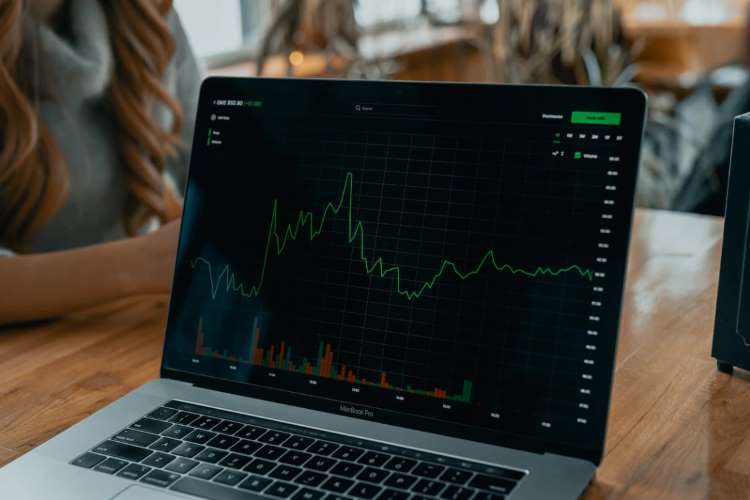
RBI’s interest rate fix: The consumer price index numbers for October have brought cheer amid a gloomy economic environment at a time when policy makers world over are scrambling to rein in runaway inflation. Macroeconomic indicators point to the possibility that inflation could have reached its peak which will give a breather to the Reserve Bank of India that has been fighting a losing battle against runaway prices. The Reserve Bank of India is struggling with conflicting policy objectives – raise interest rates to tame inflation without impacting economic growth and employment opportunities.
Retail inflation measured in terms of the consumer price index fell to 6.77% in October from 7.41% in September, taking cues from softer food prices including vegetables, fruits, pulses, oils and fats. Even then, the retail inflation is above the 6%, the outer tolerance limit of the Reserve Bank. The signs of inflation peaking and the rupee stabilising against the dollar may allow the RBI to dial down the repo rate hike in December to 35 basis points after a rate hike spree that saw three consecutive 50-basis point increases.
READ | UK, Eurozone may slip into deep recession, US may avoid hard landing
Also, India’s wholesale inflation eased to 8.39% in October from 10.70% in September, data released by the Ministry of Commerce & Industry showed. The wholesale inflation dropped below the double-digit mark for the first time since March 2021 when it was at 7.89%. The wholesale price index (WPI) print came above the double-digit mark for 18 straight months from April 2021 to September 2022.
Why is interest rate hike imminent?
The external pain points remain as it is and are not in the government’s control. These include volatility in local food prices and unpredictability of global interest rates, especially in the US. This continues to pose risks and will force the RBI go in for another rate hike. The thinking among the policy makers does not favour lowering of guard against inflation by pausing the interest rate hikes.
The food and beverages sub-index represents almost 46% of the CPI’s weight. While the slowdown in food inflation understandably steered overall inflation lower, the same may not continue for long, considering various geopolitical conditions weighing down on the food prices. The ongoing war between Russia and Ukraine has put the world in a precarious position as far as foodgrains are concerned. Russia is the third largest exporter of wheat; a staple foodgrain. Hence, price volatility in foodgrain cannot be gauged, leaving the central bank with no option but to hike interest rates.
A closer look at sequential trends in retail inflation, especially in food items, also tells policymakers to remain watchful. Another cause of concern is supply disruptions caused by unseasonal rains in vegetable-growing regions as well as logistical difficulties posed by monsoon flooding which together may continue to keep prices volatile, at least in the near term. This year, heavy rains in different parts of the country also led to paddy crops being submerged or affected. Coupled with the shortages of wheat and flour, this may not augur well for an economy which is already battling runway inflation.
Since Indian rate hikes usually come in response to the Fed hikes, it is imperative to take a look at the US and global economy as well. Currently, data is signalling that inflation in the US was coming off its peak, while an improving outlook for China’s economy is also giving investors plenty to cheer. All of this translated to a rally in global stocks as well as a slide in the dollar and bond yields on Tuesday. Major currencies also gained against the greenback with the euro, yen and sterling all rising. The Canadian dollar hit an eight-week high after the labour department reported the US producer prices stayed below expectations in October.
READ | Brain drain: India may be losing top talent as students flock to study abroad
Cooler-than-expected data on the US consumer prices is also giving investors hope that the Federal Reserve may discontinue aggressive interest rate hikes to tame inflation. This in turn means the dollar will not strengthen further and prices of commodities will also not rise.
The market expects a 35 basis points repo rate hike when the MPC meets from December 5 to 7. Currently, the repo rate stands at 5.9%. The terminal repo rate is pegged at 6.5% by March. One basis point equals one-hundredth of a percentage point. The RBI’s Monetary Policy Committee has been tightening the policy for more than half a year now to tackle soaring prices. The policy repo rate, which is the rate at which the RBI lends funds to banks, has been hiked by 190 basis points during the period.
